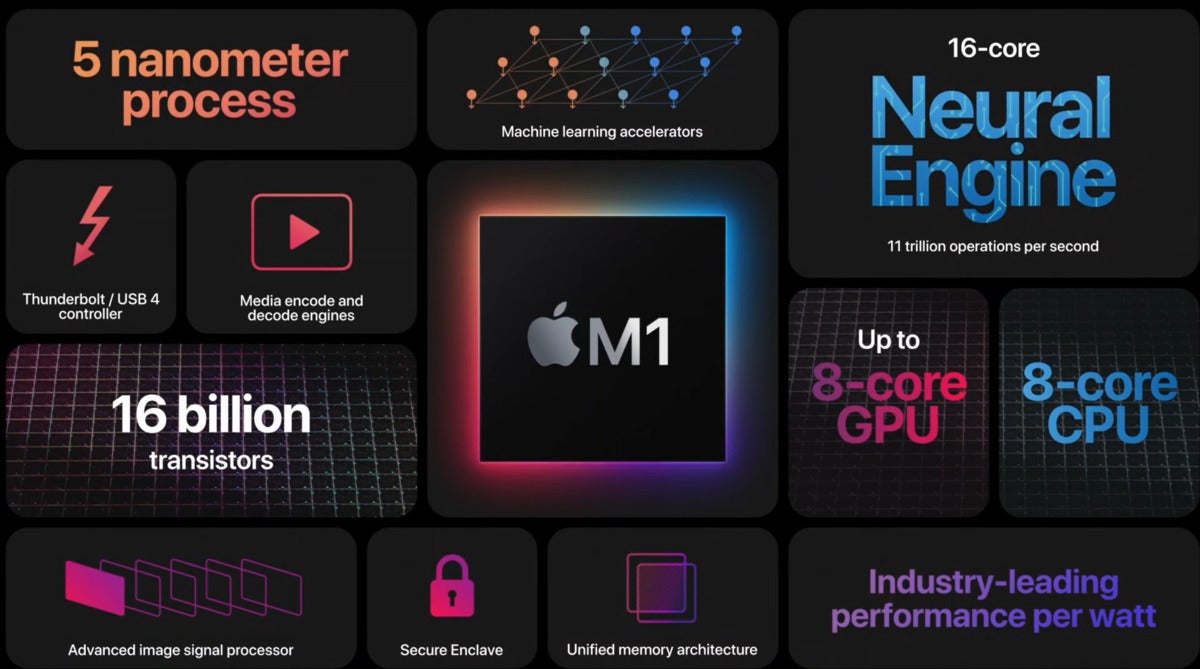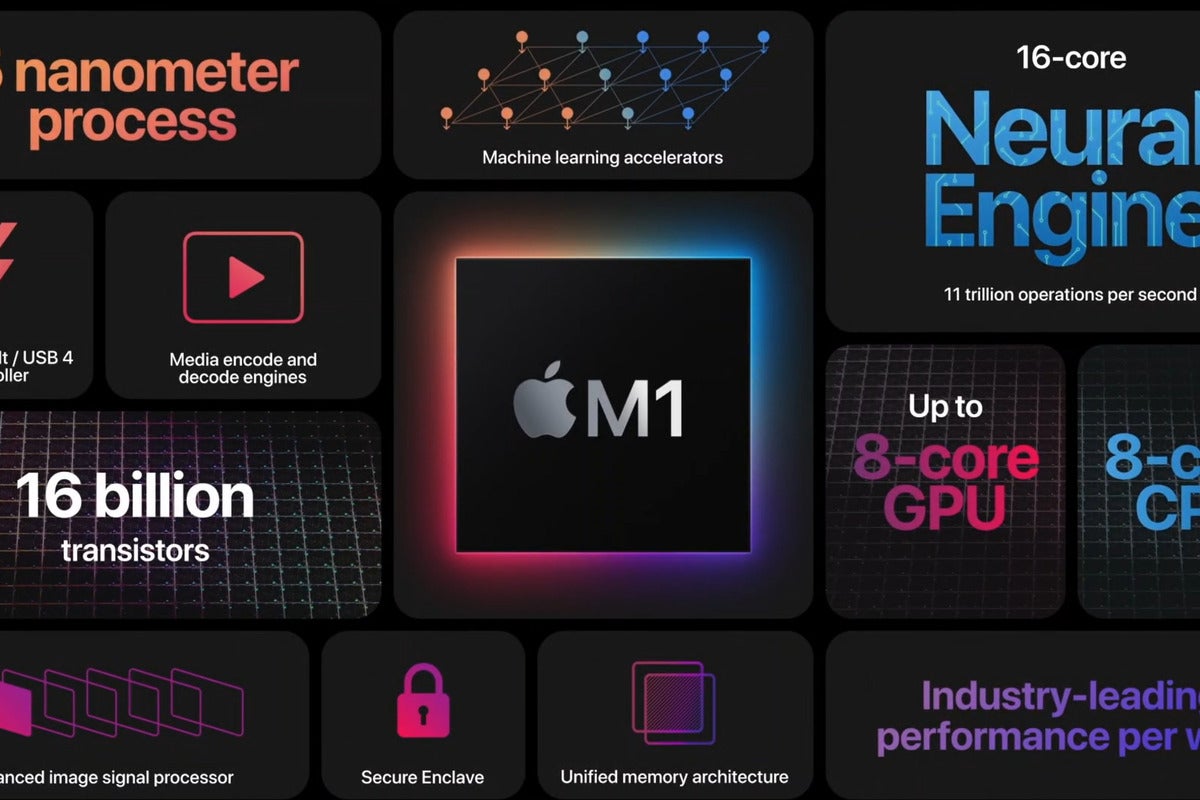
Apple’s decision to optimize all its apps for the new M1-powered Macs should encourage other developers, including enterprise developers, to prioritize similar optimization for their own apps, as doing so unlocks significant performance gains for users.
On the catwalk
In this, Apple’s own apps are being used as catwalk models to show just how significant those performance gains can be. By taking this step, developers can deliver significant improvements to their apps that are likely to utterly delight customers – after all, every user likes it when the software they use goes faster, right?
Take a look at some of the stream of statistics Apple rolled out during its presentation of the new Macs yesterday:
- 3D titles render 6.6x faster in Final Cut Pro.
- Project building is 3.6x faster in Xcode.
- Machine learning is 15x faster.
- And Safari is twice as responsive.
What are these statistics saying?
These statistics do three things: They tell people how fast these new Macs are, they confirm that Macs on Apple’s own processors are real computers, and they show how significant the company’s chip design advantages have become.
The company also shared several examples that illustrate what happens when developers do optimize their apps for the new chips, claiming:
- You can export photos from Lightroom up to twice as fast on MacBook Air.
- You can play full quality, 8K ProRes video in DaVinci Resolve without dropping a single frame on the M1 MacBook Pro.
- You’ll be able to boost image resolution in Pixelmator Pro up to 15x faster on a Mac mini.
The inference isn’t hard to understand. If you are a developer and you want to realize real user-focused gains in your application at what Apple promises should be relatively minimal development costs (ie. time), you’ll give users apps that are faster — and therefore, better — to use.
That’s a really compelling argument for developers. And, as we know, when you convince the developers, you also convince customers.
What does this mean for enterprises?
If you are an enterprise, you probably use/deploy one of three kinds of apps: customer-facing applications, internal applications and in-house or third-party apps for ordering and management. It’s also likely the applications you use have already coalesced around iOS, since that platform is more widely deployed in business than macOS (though this is changing).
The existence of Mac Catalyst makes it much easier to deliver Mac-like experiences on Macs running the M1 chip with very little work. There are compelling arguments to take this step for your consumer-facing applications, and for internally used software if your business supports employee-choice schemes.
Is this an opportunity?
Apple shared some case studies in which developers spoke about their experience of shifting their apps to the M1 processor. As you’d expect at a launch event, the feedback was positive, but it was telling that one person the company spoke with told us the process took under a day.
For that day’s work, you get apps running significantly faster than they currently do on computers likely to be recognized as running on the fastest processors in the world.
That’s the M1 chip. And the computers running that processor are Apple’s consumer systems: MacBook Air, 13-in. MacBook Pro and the Mac mini.
What about its pro machines? The high-end MacBook Pro, the consumer-facing iMac and the built for professionals Mac Pro? What are Apple’s plans for them?
The world’s fastest personal computers
Apple has told us the transition is expected to take “about two years.” We currently expect the iMac will receive Apple Silicon next year. What that means is that by 2022 (or before), all of Apple’s Macs will be running these chips.
Apple will continue to develop those processors so it’s reasonable to expect an M2, M3 and even X-versions of these processors. These will use TSMC’s second-gen 5nm process next year, and may migrate to 3nm as soon as 2022. Apple has a road map, after all.
And it offers what Anandtech says may already be the world’s fastest laptop processors in the new M1 Macs. The pro Macs are going to be even faster, and we even those faster computers introduced every single year.
A strong argument
When Apple’s decision to move to Apple Silicon first emerged, I said it would need a compelling argument for developers and customers to justify the switch.
Here it is:
- As predicted, Apple’s new M1 Macs are the fastest personal computers around.
- Developers can transition their apps to fully exploit the M1 in a short space of time.
- Application users can expect developers to do this, and should lobby those who do not.
- Enterprises will want to explore the built-in machine learning on these machines.
- Apple’s professional M-series Macs will deliver even better performance gains.
- High-end app developers should begin to adjust their apps today to be ready for customers as those new pro Macs ship in the next year or so.
These sound like compelling arguments to me.
Please follow me on Twitter, or join me in the AppleHolic’s bar & grill and Apple Discussions groups on MeWe.


